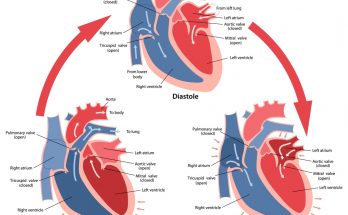
Short Note on Cardiac Cycle
how to write short note or short answer on cardiac cycle explained for exam
Short Note on Cardiac Cycle Read MoreCBSE Class Notes Online – Classnotes123
CBSE Class Notes, Worksheets, Question Answers, Diagrams , Definitions , Diffrence between , Maths Concepts, Science Facts Online – Classnotes123

how to write short note or short answer on cardiac cycle explained for exam
Short Note on Cardiac Cycle Read More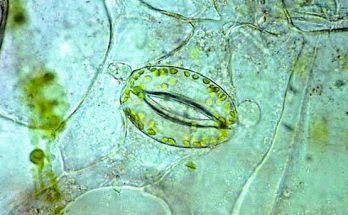
Stomata Definition ,location, Structure , 5 main Types, important roles and finctions , 3 Mechanism of Opening and Closing of Stomata explained with Diagram
Stomata – Definition, Structure, Functions , Location , Diagram and Types Read More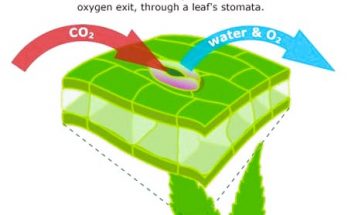
8 Important Function of Stomata explained in details
What are the function of Stomata Read More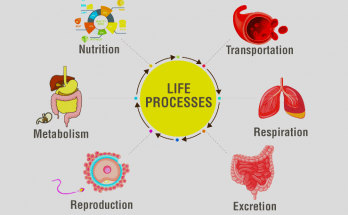
Class 10 bio life processes Notes- complete Explanation of of all systems
Nutrition, Respiration, Transportation, Excretion
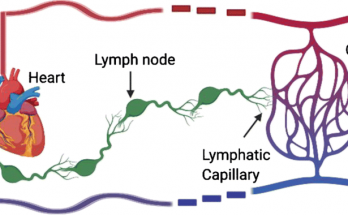
15 Important Functions of Lymph
Transportation
Nutrition
Filtration
Drainage
Absorption
Defense
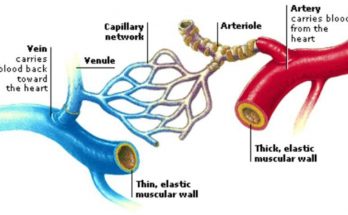
5 Structural difference between Arteries Veins and Capillaries with Explanation of How structure is Related to Function
3 Functional Differences between Arteries Veins and Capillaries
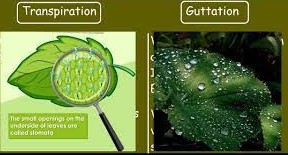
The Difference between Transpiration and Guttation is significant in understanding the water loss mechanism in plants. While transpiration is the loss of water in the form of vapour from the plant’s surface, guttation is the exudation of water in the form of droplets from the hydathodes. The processes differ in their occurrence, diffusion and regulation by root pressure. The impacts of transpiration and guttation on plants vary and are influenced by factors such as plant type and environmental conditions.
15 Important Difference between Transpiration and Guttation Read More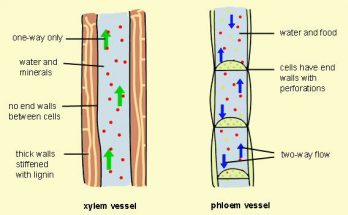
The transport of materials in xylem and phloem is essential for the growth and survival of plants. While both systems move substances throughout the plant, they operate differently. Xylem primarily transports water and minerals through a passive process driven by transpiration while phloem transports sugars and other organic compounds through an active process called translocation.Understanding the differences between the two is crucial for plant growth and development.
What are the Differences between the Transport of Materials in Xylem and Phloem? Read More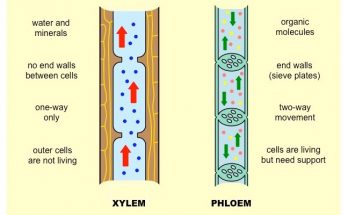
Transportation in plants is the process in which substances absorbed or synthesised in one part of the plant are moved to other parts of the plant. The transport system in highly organised plants consists of four major components – Xylem, Phloem, Root System and Stomata.
What are the Components of Transport System in Highly Organised Plants Read More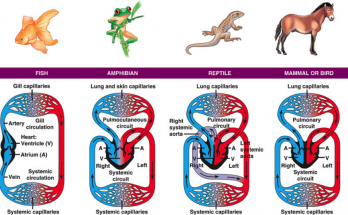
Transportation is the life process in which a substance (Made or absorbed) in one part of the body of an organism is carried to other parts of its body.
Transportation in Amphibians and Reptiles
Transportation in Bird And Mammals
Transportation in Fishes